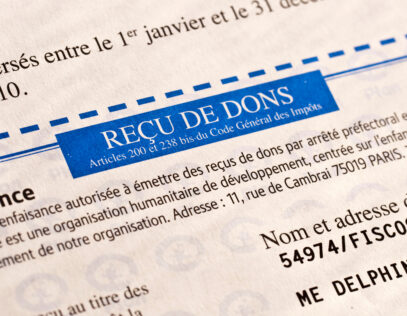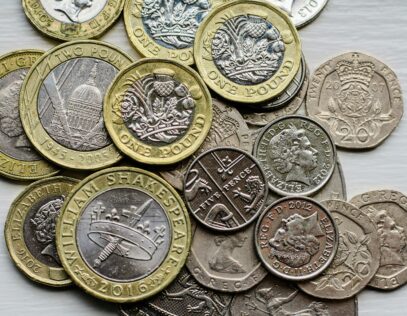A former client of mine, a U.S.-based marketing firm, shared all kind of intellectual property with its subsidiary in Canada. It developed the Canadian firm’s marketing strategy. It maintained an informative website that provided global sales strategies for strategic marketing, innovative email campaigns and contemporary graphic design, and it created all of the marketing content and the contractual framework that the Canadian entity executed. The problem? The U.S. entity wasn’t charging for the use of any of these intangibles simply because it didn’t identify its know-how intangibles as value-driving IP.
My client was shocked when I told her, “These are assets with real economic value—trade secrets that should be priced and documented.”
“But these aren’t patented or trademarked,” she explained.
And that’s precisely what makes them trade secrets.
My client wasn’t alone in her thinking. Many tax executives relate to IP in terms of patents, trademarks/tradenames, or copyrights, and like my client, they license those to other entities in their groups for a price. But IP doesn’t have to be patented to be valuable. Trade secrets like the proprietary formula for Coca-Cola®, KFC’s® 11 herbs and spices, the nooks-and-crannies-making process for Thomas’ English Muffins® or even the “Walmart Way” add value the same way their trademarked brand names and logos would.
Of course, as my client was surprised to learn, trade secrets aren’t always as straightforward as a formula for an award-winning soft drink or a recipe for fried chicken with reach way beyond Kentucky. Sometimes confidential know-how becomes so embedded in the fabric of a company that it’s treated like office furniture, as opposed to a standalone intangible asset that provides economic value. And if a company isn’t recognizing that IP is generating financial benefits, then chances are it’s not charging other entities to use it—even though it should be.
How do you know if you have know-how with economic value? To put it simply, a trade secret must add financial value to the business, and it must be a secret, something that the company wants to be kept confidential. (That’s why they’re not patented—if they were a company would have had to disclose information about them to the public.) Here’s the thing: The people that work closely with trade-secret IP often don’t understand they have something that provides a competitive edge. So, a tax department will have to look at all of the company’s IP and determine if the confidential information—client lists, algorithms, computer programs, marketing strategies, recipes, formulas, culture protocol, and so on—translates into a market advantage. Generally speaking, trade secrets can be protected by non-disclosure agreements, contracts, and non-compete forms. Those that know of these secrets are asked to keep them confidential, especially from competitors.
So, when it comes to transfer pricing, look beyond your patented IP for those unique assets that pertain only to your company and are used throughout the group. And if you’re sharing those trade secrets, by all means charge for them—and document those intercompany transactions, just like you’d do for all the others.








